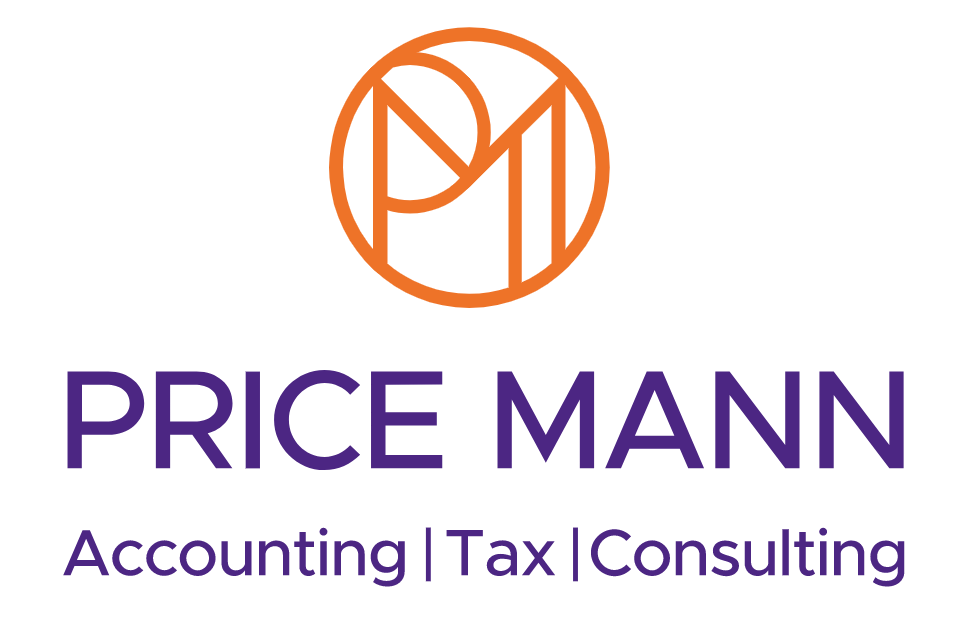Families hit with big bills after believing gifts would not be taxed Almost 2,000 people who thought they’d reduced the values of their estates by making gifts have seen an inheritance tax break stripped away.
Inheritance tax is charged at 40% on individual estates worth more than £325,000, and this can double for married couples.
Other allowances and exemptions are available to increase this threshold or taper the inheritance tax rate down from 40%.
One such relief is the seven-year rule, which sees people give away assets to reduce the value of their estates and ensure more wealth is passed on.
But a Freedom of Information request from the Telegraph found that since 2016, 1,830 gifts worth £624 million have been deemed taxable at 40%.
Most of these ‘gifts gone wrong’ related to property, 13% were cash gifts, while shares and securities accounted for 8%. The rest were classed as “other assets”.
If HMRC discovers an individual continues to benefit from an asset they’d given away, it’s known as a ‘gift with reservation of benefit’.
The best example is where someone continues to live in, and therefore benefit from, a property they’d gifted to a descendant.
When this happens and HMRC finds out, no tax break applies and the gift’s value forms part of the gift-giver’s estate.
There are other options for giving some of your property or money away to reduce the value of your estate.
Sweeping VAT reforms in the EU will affect the UK’s online retailers
Retailers that heavily rely on online sales to EU consumers need to comply with VAT reforms, which were introduced on 1 July 2021.
The new rules were originally designed to stop an estimated €7 billion in annual VAT fraud by non-EU ecommerce sellers, mainly those in China.
But after the UK left the EU at the start of the year, around 26,000 small and medium-sized ecommerce businesses in the UK also need to comply.
Those who export goods to EU customers face the biggest upheaval, with VAT exemptions for SMEs and shipments of €22 or less being removed.
James Sibley, head of international affairs at the Federation of Small Businesses, said: “UK small firms will lose exemptions for small consignments, while those within the bloc making cross-border sales under €10,000 a year will continue to enjoy [tax] breaks.”
Exporters who use online platforms, such as Amazon or eBay, can now register for VAT in the country where they sell most of their goods, which the European Commission estimates will cost up to €8,000.
Alternatively, it’s possible to subcontract VAT to the online platforms they use to sell their goods, or ask the postal service to handle VAT.
Small businesses could claim up to £2,000 each through the Brexit Support Fund, which closed on 30 June 2021.
OTS considers bringing the end of the tax year forward
The Office of Tax Simplification (OTS) is to explore changing the end of the tax year from 5 April to either 31 March or the end of the calendar year.
The OTS published a document last month setting out the scope of a review into the benefits, costs and wider implications of changing the date.
It said 31 March was both the end of a calendar quarter and the nearest month-end date to the end of the current tax year on 5 April.
It is also the UK financial year-end date, to which the Government makes up its own accounts, and by reference to which UK corporation tax rates apply.
The other option under consideration by the OTS is to run future tax years to 31 December, similar to the regimes in place in the United States, France and Germany.
Should this be pursued, a transitional tax year could in theory run from 6 April to 31 December – three months and six days shorter than the typical tax year.
The OTS said: “For historical reasons, the UK’s tax year for individuals runs from 6 April to the following 5 April. This has been the case for hundreds of years and the UK’s modern tax system and infrastructure has been developed around this date. By contrast, accounting systems used by businesses have been developed around month and quarter-ends. Across businesses and internationally, it is common to account to a month-end date. The UK financial year for government accounting and for companies runs from 1 April to 31 March. While primarily addressing tax simplification issues, the review will also take account of the implications of any change in other areas, such as in relation to tax credits and benefits.”
Self-employed individuals currently have to balance different deadlines for income tax and potentially UK VAT, adding to administrative pressures they face.
UK tax incentive ‘fails to deliver extra R&D spending’
The UK’s research and development (R&D) tax credit system is failing to prompt companies to increase spending and could prove a “costly failure”, a report claims.
The Centre for Business Research (CBR) said aggregate business expenditure on R&D in the UK is as much as 15% lower than it was before the scheme was introduced in 2000.
As a result, the Government looks set to fall considerably short of meeting its R&D target for spending to reach 2.4% of UK GDP by 2027.
The R&D tax credit scheme, which either reduces corporation tax or generates a cash credit, is now used by 60,000 companies and costs the Treasury £7.3 billion a year.
David Connell, senior research associate at the CBR, said: “The theory behind R&D tax credits, namely that a reduction in the cost of R&D will lead to an additional increase in a company’s R&D expenditure, is flawed.”
The report was published around the same time as the Treasury started a consultation on modernising the R&D tax relief schemes.
This will consider all aspects to ensure reliefs “continue to be fit for purpose” and deliver good value for money for the taxpayer.
The most recent estimate put the UK’s overall R&D spending at 1.7% of GDP in 2018, a marginal increase from 1.6% in 2000.
The report also put the spotlight on the Treasury’s £1.1bn-a-year patent box scheme, which offers a lower corporation tax rate of 10%.
Greg Clark, chair of the House of Commons select committee for science and technology, said the report made “a powerful case for looking again at R&D tax credits and the patent box”.













